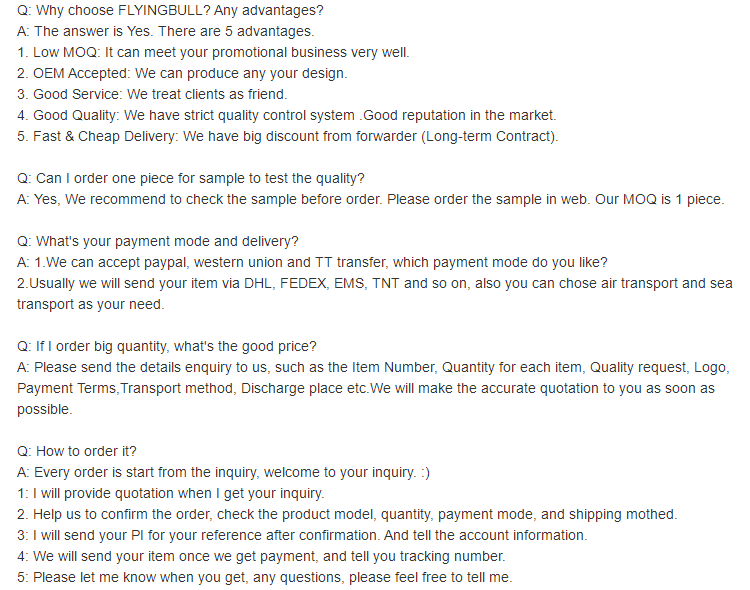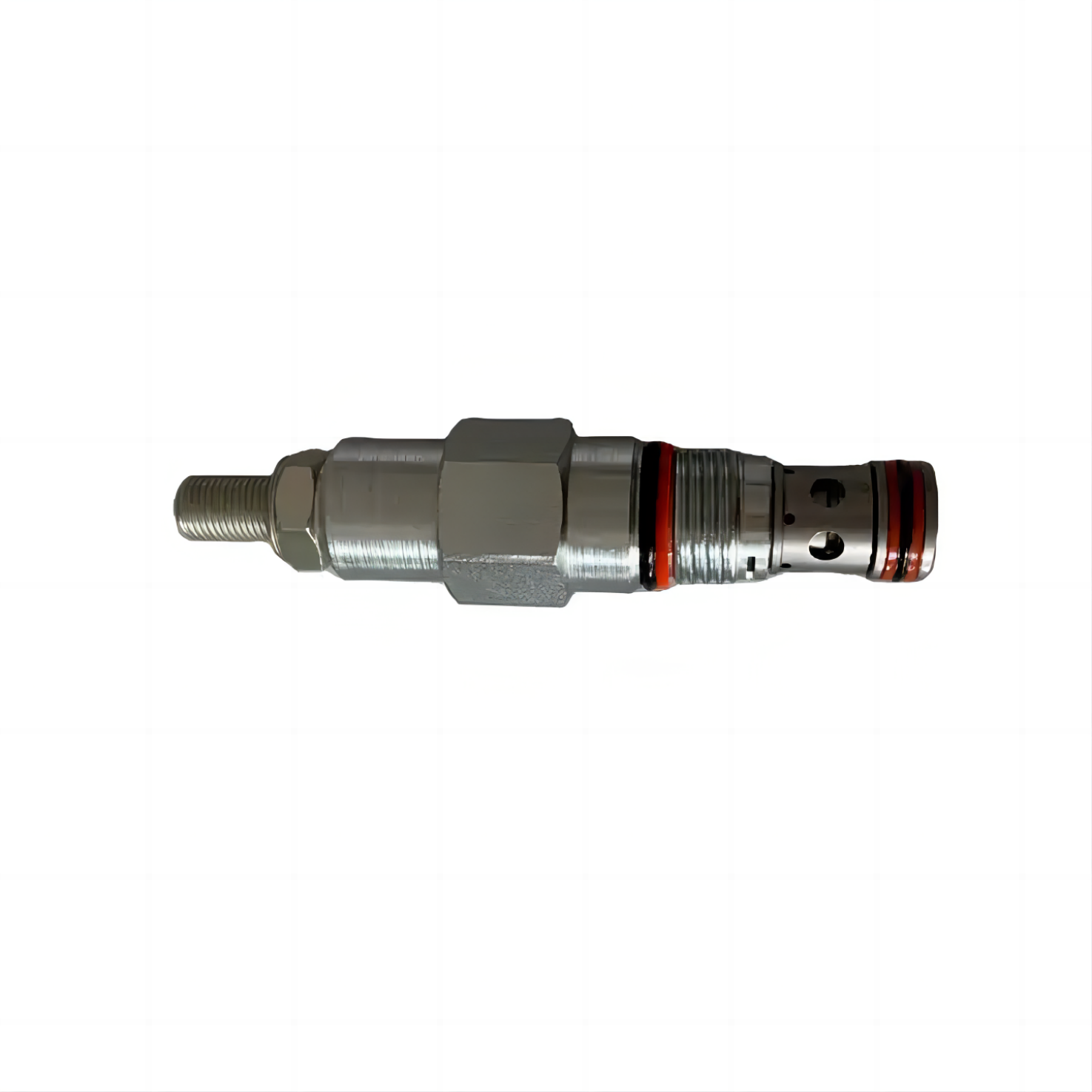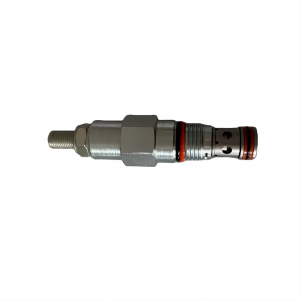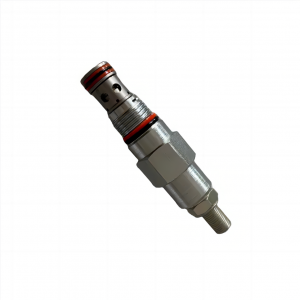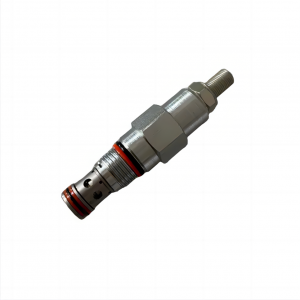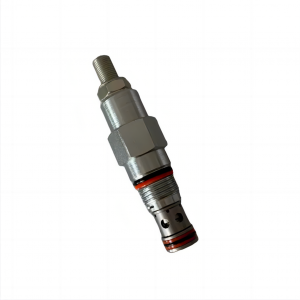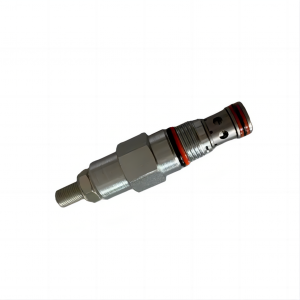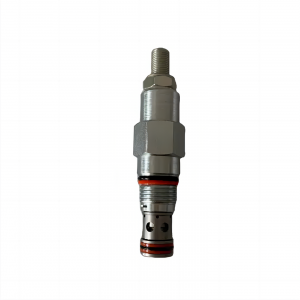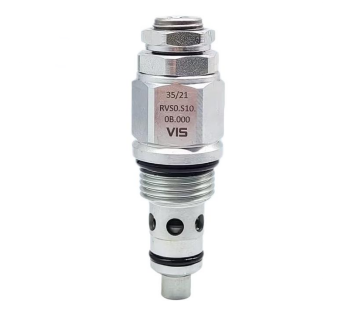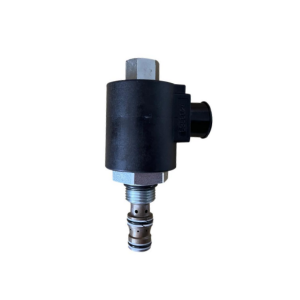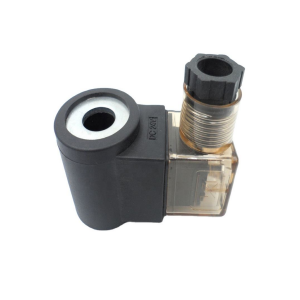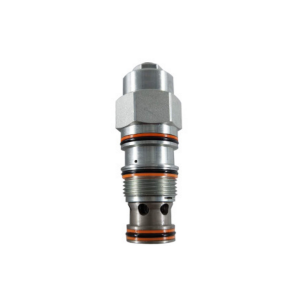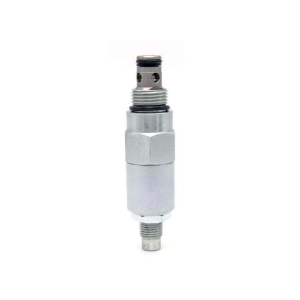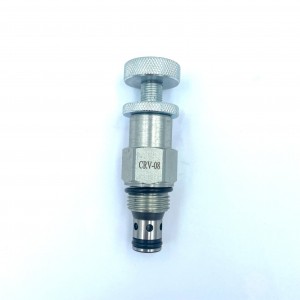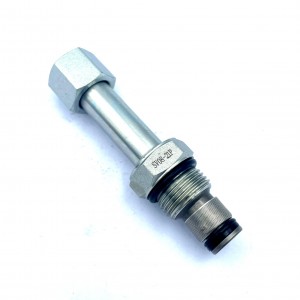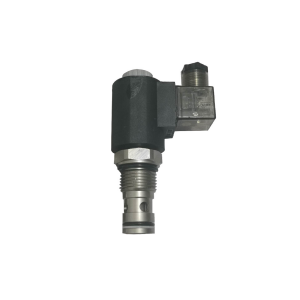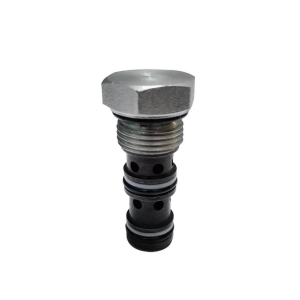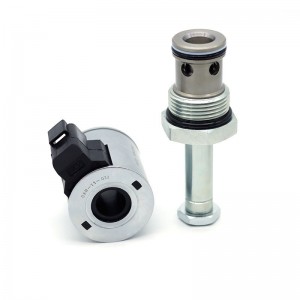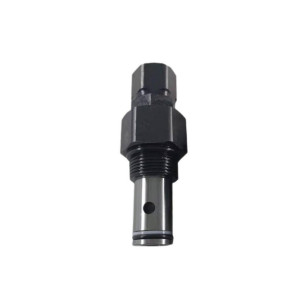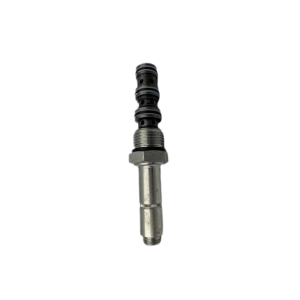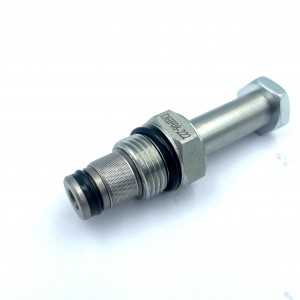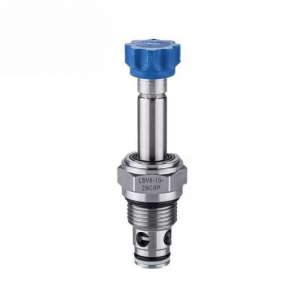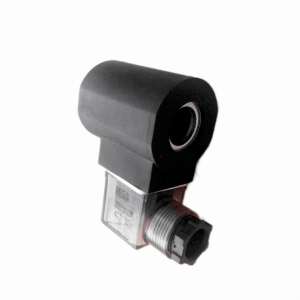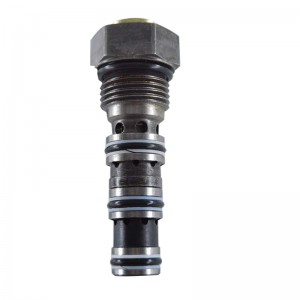RDBA-LAN pilot regulator Large flow balancing valve
Details
Dimension(L*W*H):standard
Valve type:Solenoid reversing valve
Temperature:-20~+80℃
Temperature environment:normal temperature
Applicable industries:machinery
Type of drive:electromagnetism
Applicable medium:petroleum products
Points for attention
The working principle of flow control valve of hydraulic system
Hydraulic system flow control valve is an important control element in the hydraulic system, it can control the flow in the hydraulic system to ensure the normal work of the hydraulic system. The working principle of the flow control valve is based on the principle of fluid mechanics and the principle of pressure control. When liquid enters the flow control valve from the inlet, a high pressure area is formed below the spool and a low pressure area is formed above the spool. When the pressure above the spool is equal to the pressure below it, the spool stops moving, thus controlling the flow rate.
There are two control methods of flow control valve: one is to control flow by adjusting the size of the valve port; The other is to control the flow rate by adjusting the position of the spool. Among them, the control mode by adjusting the size of the valve port is to change the flow rate and flow rate of the liquid by changing the size of the valve port; The control method by adjusting the position of the spool is to change the cross-sectional area of the liquid through the spool by changing the position of the spool, thus changing the flow rate and flow rate of the liquid.
The working principle and control mode of flow control valve determine its wide range of applications in hydraulic systems. In hydraulic systems, flow control valves are usually used to control the speed of hydraulic cylinders to achieve smooth and precise control of mechanical motion. In addition, flow control valves can also be used to prevent shock pressure in the hydraulic system and protect other components in the hydraulic system.
Product specification
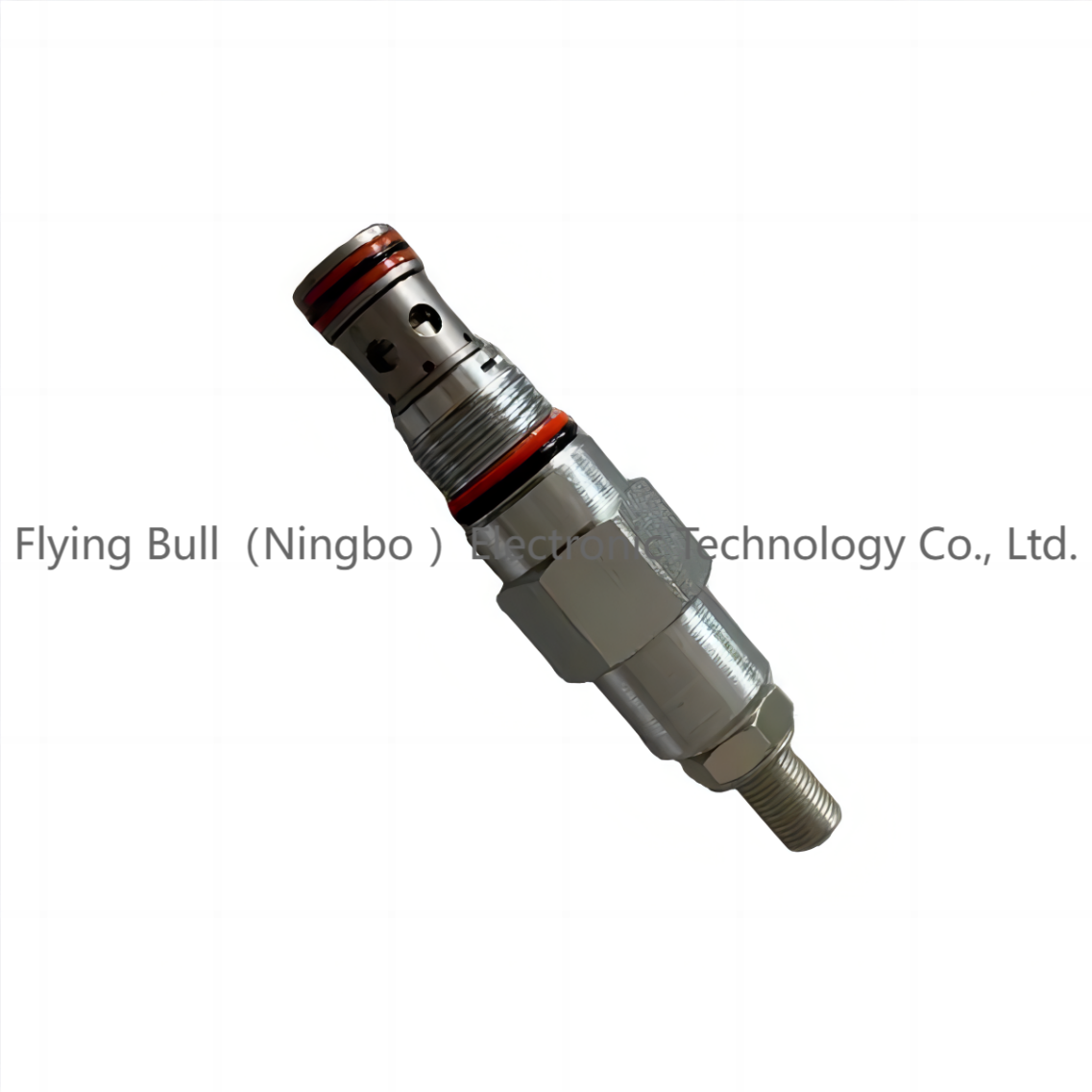
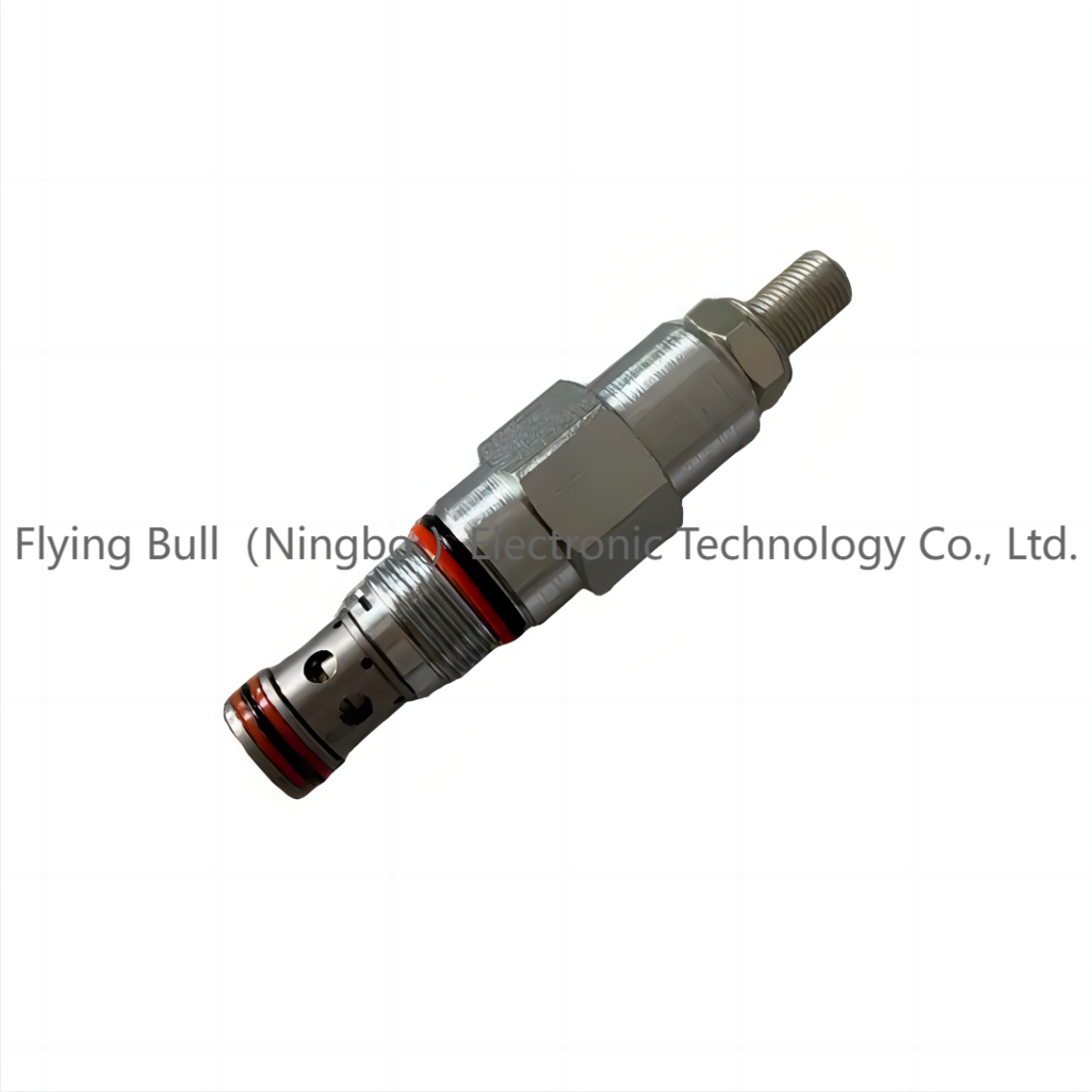
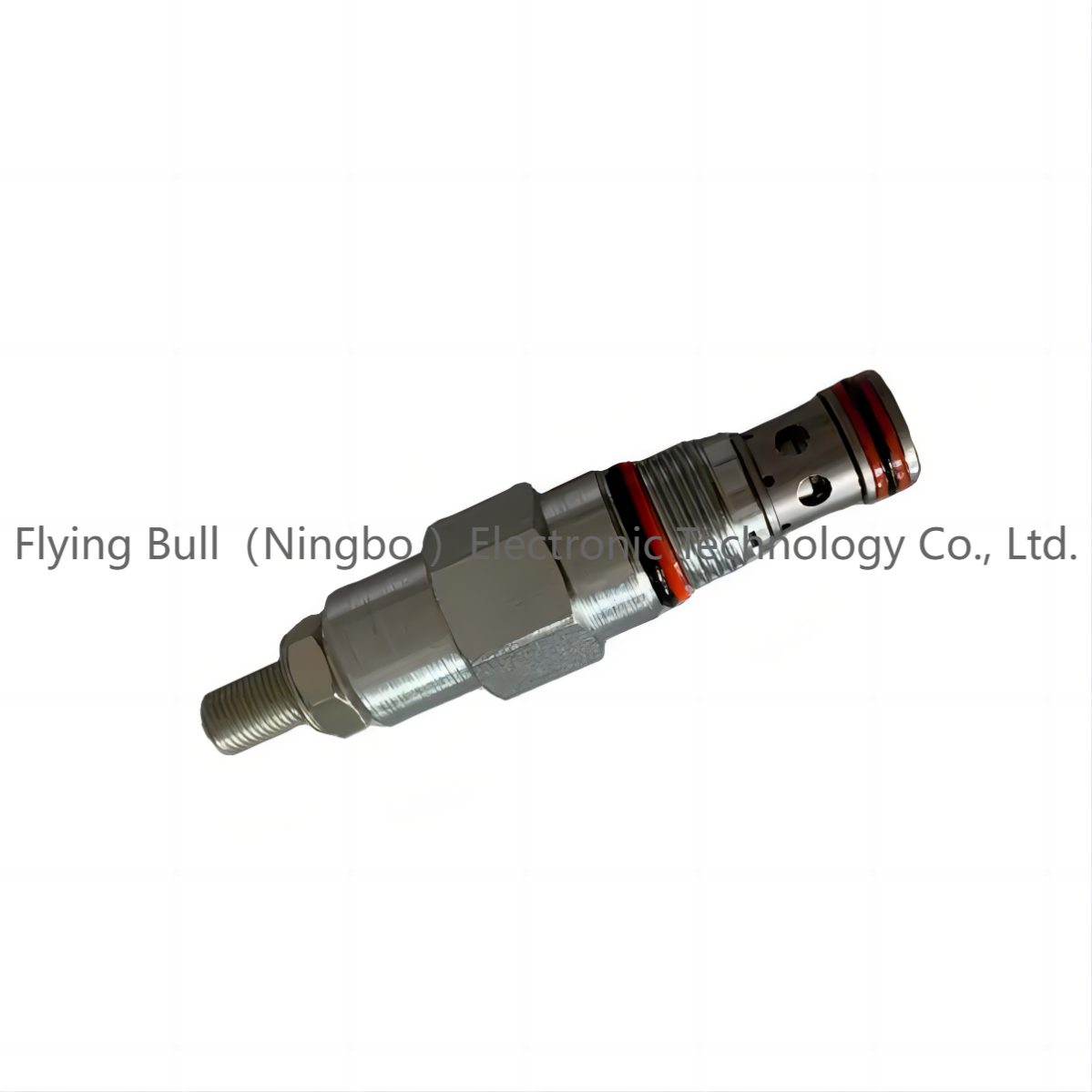
Company details







Company advantage
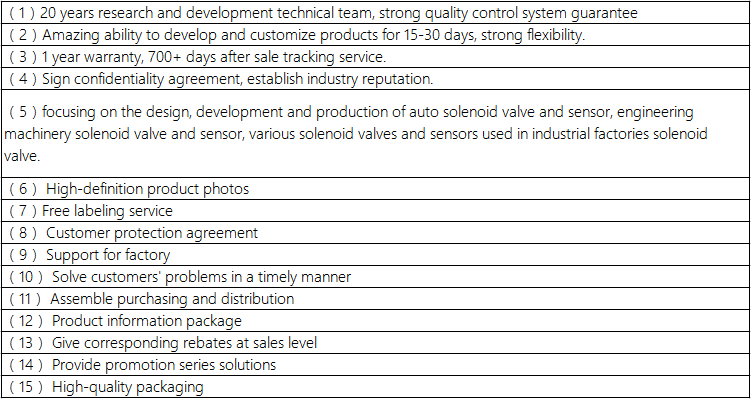
Transportation

FAQ
